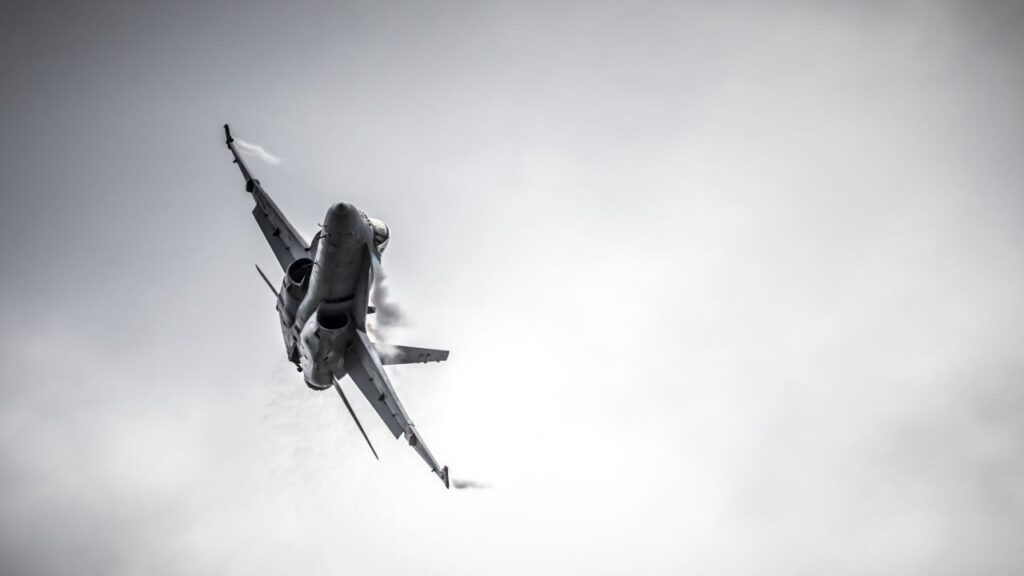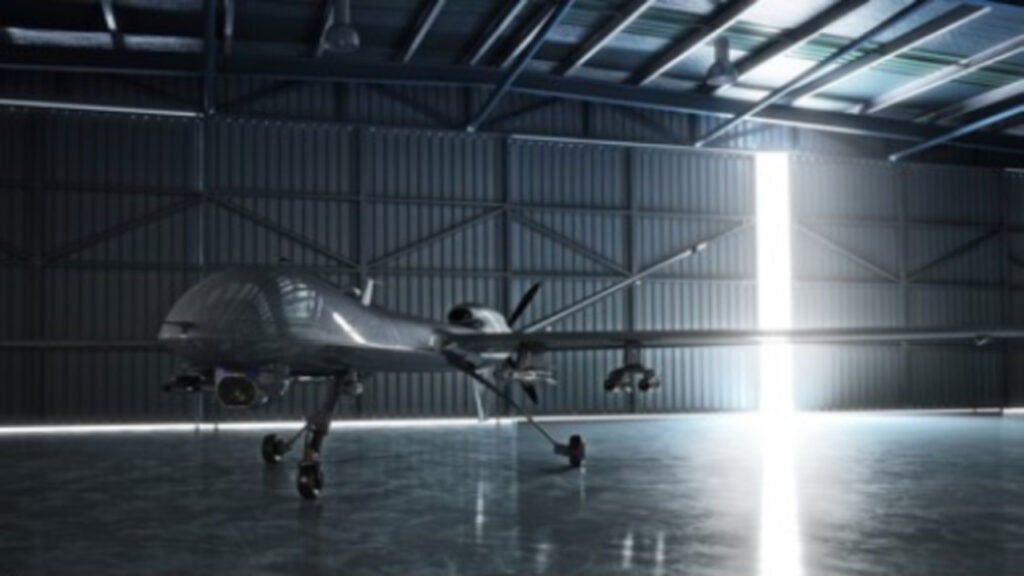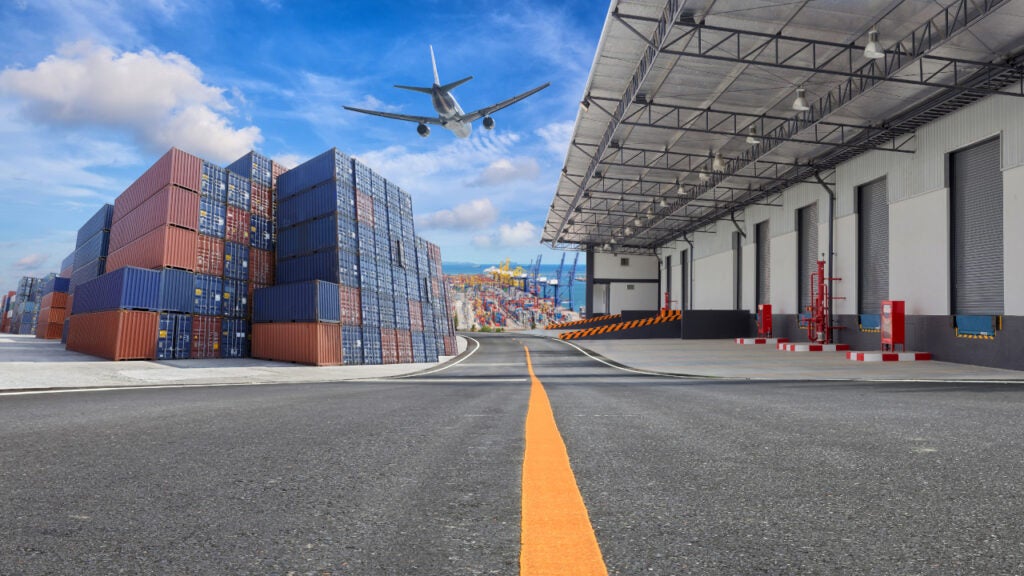The aerospace and defence industry continues to be a hotbed of innovation, with the conflict in Ukraine driving defence spending and investment, the need to combat emerging technologies such as hypersonics, and growing importance of technologies such as AI and computer vision. In the last three years alone, there have been over 174,000 patents filed and granted in the aerospace and defence industry, according to GlobalData’s report on Robotics in Aerospace, Defence & Security: Acoustic signaling for autonomous vehicles.
However, not all innovations are equal and nor do they follow a constant upward trend. Instead, their evolution takes the form of an S-shaped curve that reflects their typical lifecycle from early emergence to accelerating adoption, before finally stabilising and reaching maturity.
Identifying where a particular innovation is on this journey, especially those that are in the emerging and accelerating stages, is essential for understanding their current level of adoption and the likely future trajectory and impact they will have.
180+ innovations will shape the aerospace and defence industry
According to GlobalData’s Technology Foresights, which plots the S-curve for the aerospace and defence industry using innovation intensity models built on over 262,000 patents, there are 180+ innovation areas that will shape the future of the industry.
Within the emerging innovation stage, collision avoidance for robotics, computer vision for autonomous navigation and autonomous control systems are disruptive technologies that are in the early stages of application and should be tracked closely. Remote-controlled pick-up drones, satellite constellation control systems and imaging sensors in vehicles are some of the accelerating innovation areas, where adoption has been steadily increasing. Among maturing innovation areas are sensor-guided aiming assists and acoustic signalling for autonomous vehicles, which are now well established in the industry.
Innovation S-curve for robotics in the aerospace and defence industry

Acoustic signalling for autonomous vehicles is a key innovation area in robotics
Acoustic signalling is the process through which autonomous vehicles can detect vehicles by analysing sounds and locating engine noises or other vehicle noises. Surveillance robots are capable of recognising vehicle types and providing locations and time stamps of detection.
GlobalData’s analysis also uncovers the companies at the forefront of each innovation area and assesses the potential reach and impact of their patenting activity across different applications and geographies. According to GlobalData, there are 10+ companies, spanning technology vendors, established aerospace and defence companies, and up-and-coming start-ups engaged in the development and application of acoustic signalling for autonomous vehicles.
Key players in acoustic signalling for autonomous vehicles – a disruptive innovation in the aerospace and defence industry
‘Application diversity’ measures the number of different applications identified for each relevant patent and broadly splits companies into either ‘niche’ or ‘diversified’ innovators.
‘Geographic reach’ refers to the number of different countries each relevant patent is registered in and reflects the breadth of geographic application intended, ranging from ‘global’ to ‘local’.
Amazon.com is one of the leading companies in acoustic signalling for autonomous vehicles, having filed more patents than any other company in the sector. The company has invested in developing autonomous robotic vehicles and acoustic signalling as a part of this process. In addition to vehicles, the company has also filed patents for acoustic signalling to be compatible with airframes. Another leading company in this sector is General Motors, which has filed a number of patents utilising acoustic signalling for sensor calibration and general detection methods.
In terms of application diversity, Sony leads the pack along with Subaru and General Motors. In terms of geographic reach, Uber is the top company, followed by Renesas Electronics and Alphabet.
To further understand the key themes and technologies disrupting the aerospace and defence industry, access GlobalData’s latest thematic research report on Defence.




